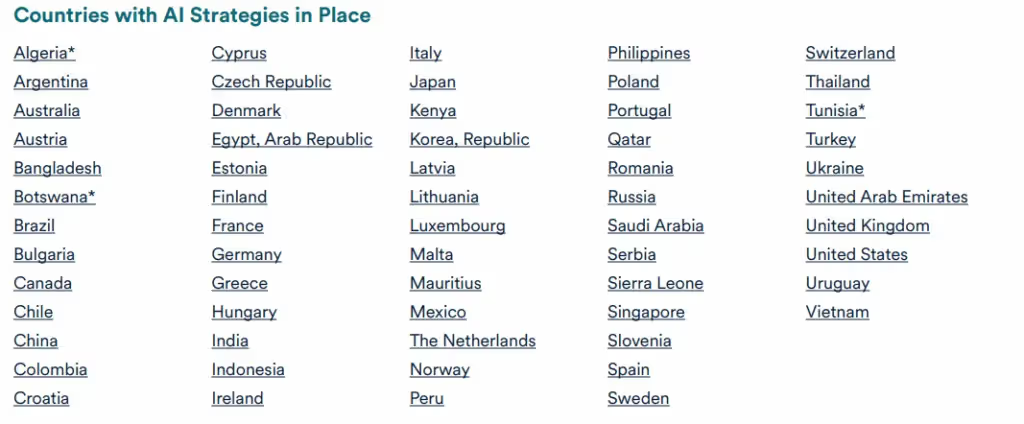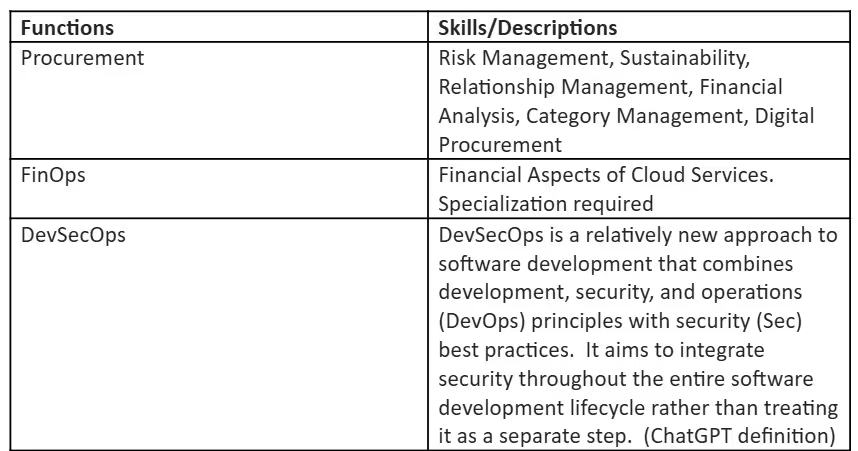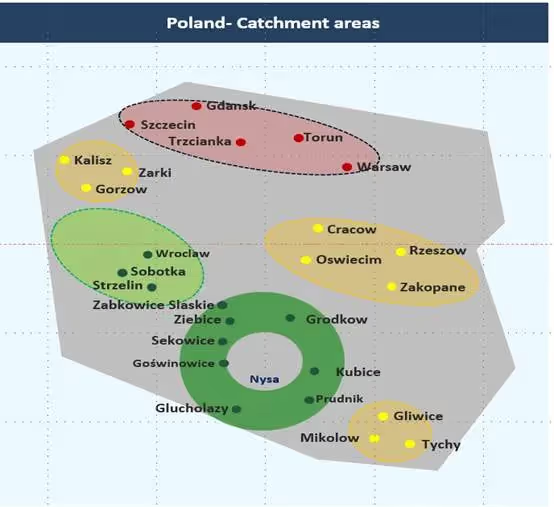Emerging Skills and Shifts in Workforce Planning
A wave of new skills is flooding into various functions at an accelerating pace. Take, for example, Supply Chain. Costco sprays a fine mist of molecules of DNA onto freshly cleaned cotton that acts as a bar code. This cotton goes to India, is spun into yarn, and woven into bed sheets. Costco can test for DNA presence at any time to ensure that the cotton is not substituted from a different source of cotton. These new capabilities using DNA and AI are entering the supply chain’s means of ensuring sustainability and compliance. Machine learning is an emerging trend to reduce discovery time and costs in areas like drug discovery.
We were in another workshop where the Data COE is adding significant cloud skills (in addition to the Software teams accelerating on cloud skills). And we wrote about Data skills emerging as a Ubiquitous set of skills across all functions in the last email. Human Resources leaders must watch to ensure teams work with common objectives. We have a case of two AI teams going against each other and ultimately losing the battle. This happened to Google. Within Google, there are two AI research teams. (Google Brain and DeepMind). The two have been acting more as rivals than a collaborator. Leaders across the team’s heavily competed for research publications. There is now an acceptance that OpenAI won the first round in the ChatGPT race. As we scale for Data skills across the teams, it is important to ensure the foundational aspects of teamwork and collaboration are not missed
The following are the countries with an AI strategy in place (Stanford University Report on AI Index Report 2023)

It is reasonable to expect these locations to emerge as potential AI hotbeds shortly. More countries are working on AI strategies. The Nordic region is not well understood, and significant investments are happening in AI and R&D. Also, significant efforts are being made in Ireland. Draup is working on a study with Ireland and eaigg (An ethical AI governance institute).
Here are some new areas of skills across different functions (from two different workshops conducted in Europe last week)

You would see it is not just the technology-driven functions but several business functions such as procurement are changing, and we need to ensure our skills and job catalogs are updated
Two critical points of view for this week’s email:
1.0 Reskilling and Breaking the Perception of the aging workforce:
Last week, in a letter to shareholders, Jamie Dimon, CEO of JP Morgan Chase, reemphasized his previously articulated reskilling thoughts. “The new world of work is about skills, not necessarily degrees,” Dimon said at the time, explaining a skills gap between those stuck in low-skill jobs and businesses that can’t find the skilled workers they need. “We must remove the stigma of a community college and career education, look for opportunities to upskill or reskill workers, and give those who have been left behind the chance to compete for well-paying careers today and tomorrow.”
Draup’s point of view on this
The aging population is often viewed as a burden by Western Nations, but it’s time to shift that mentality. With advancements in AI healthcare technology, improved living conditions, and innovative developments like Chat GPT, older workers can continue to be valuable members of society. As UI systems transition towards Chat interfaces, the world constantly evolves towards new dimensions of adaptability and sustainability. It’s important to note that generational differences aren’t always what they seem, and studies continue to emerge in this field. We should embrace the aging population and recognize the valuable contributions they can make in our ever-changing world. If we shift our mindsets and apply granular reskilling paths, a new skill- and cost-effective opportunities will open up.

2.0 Workforce Planners should be wary of changing catchment areas:
The talent landscape post-Covid is undergoing a dramatic shift, which has prompted a change in how catchment areas are evaluated. To illustrate this, we can look at Poland, where we recently carried out an extensive mapping exercise to identify the most accessible sources of talent. Our findings revealed a fascinating new picture of the talent pool, with opportunities and challenges businesses must adapt to thrive in this rapidly evolving environment.
Overall, we are pretty excited about HR’s role under emerging circumstances. If we plan the initiatives correctly, we can accelerate transformation and adaptation and make the enterprises genuinely care for a great workplace.










.svg)




















.svg)





.svg)
